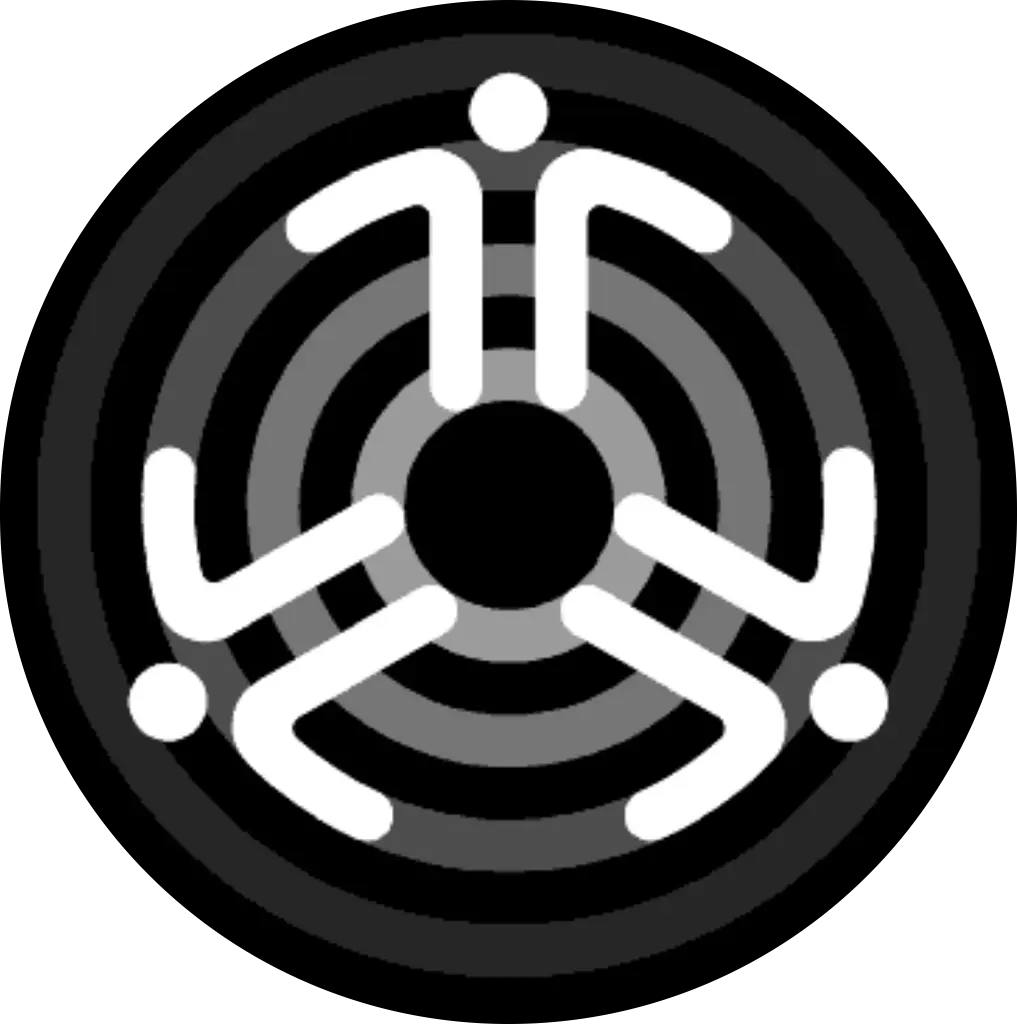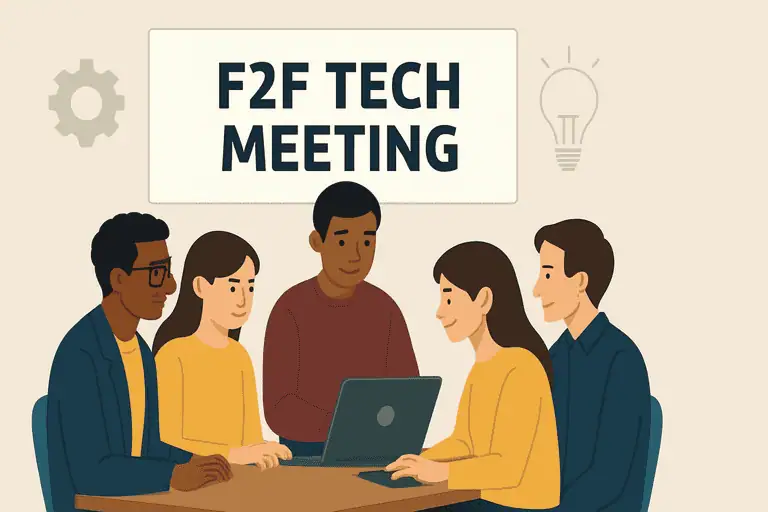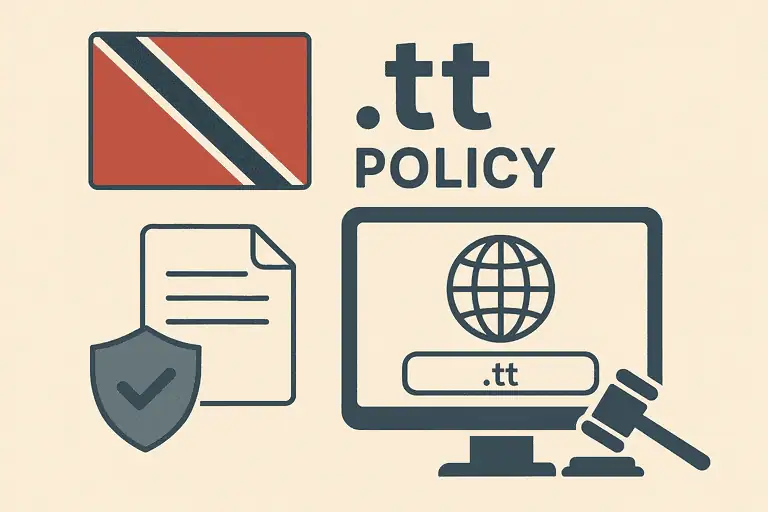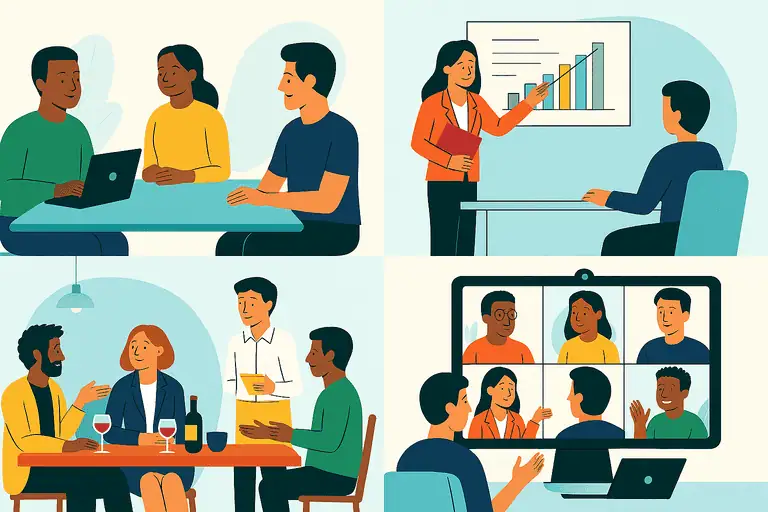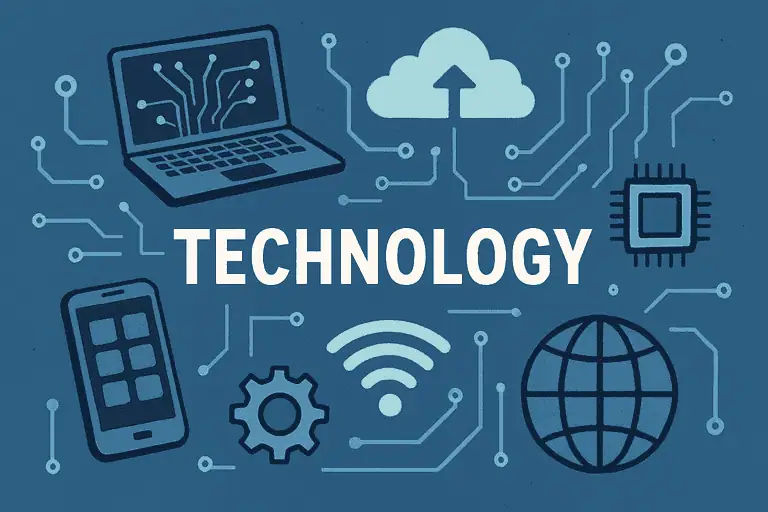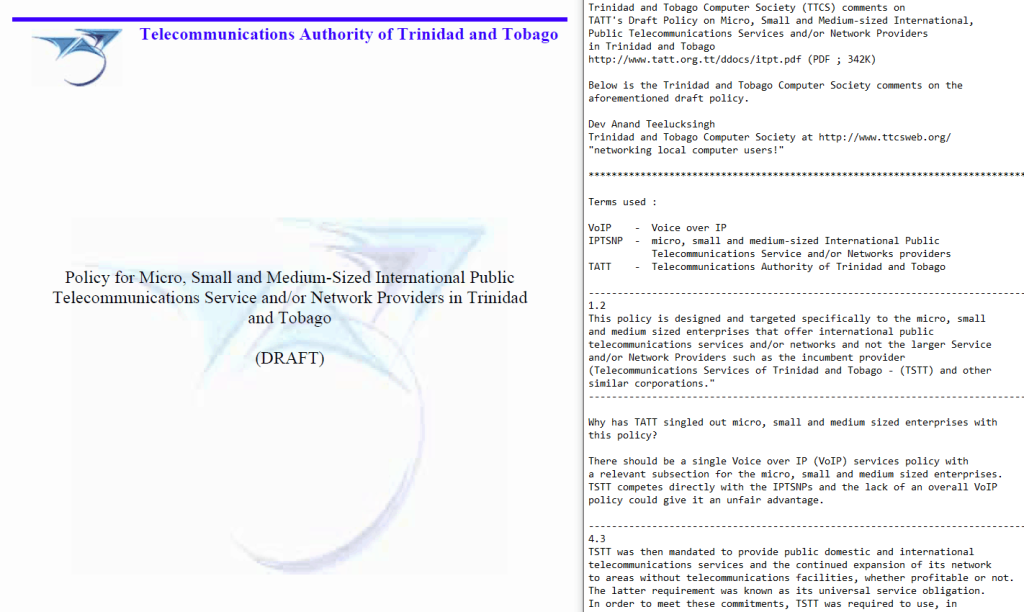Following the posting of the Draft National Policy on Data Protection (2004) in November 2004, a second revised Draft National Policy on Data Protection was released by the Ministry of Public Administration and Information (MPAI) in September 2005.
Similar to the United Kingdom, one of the main purposes of the revised Draft Data Protection Policy is to
Establish a national Data Commissioner. This Policy and Bill recognise the need for a credible, expert and independent institutional infrastructure to advise the Government on the implementation of this Policy and Bill, as well as determine issues of compliance and redress. It recommends that a regulatory body be established in the form of a Data Commissioner whose role would be to hear appeals regarding access and correction of personal information held by public authorities and selected private sectors to which mandatory requirements would apply, and promote the purposes of the legislation through education, research, and co-operative activities.
- Read the Ministry announcement of the revised draft policy on Data Protection.
- Download the Draft National Policy on Data Protection (PDF ; 42 pages ; size: 176K)
- Download the Explanatory Memorandum of the Draft National Policy on Data Protection (PDF ; 20 pages ; size: 64K)
- Download the copy of the Consultations Document (PDF ; 67K)
